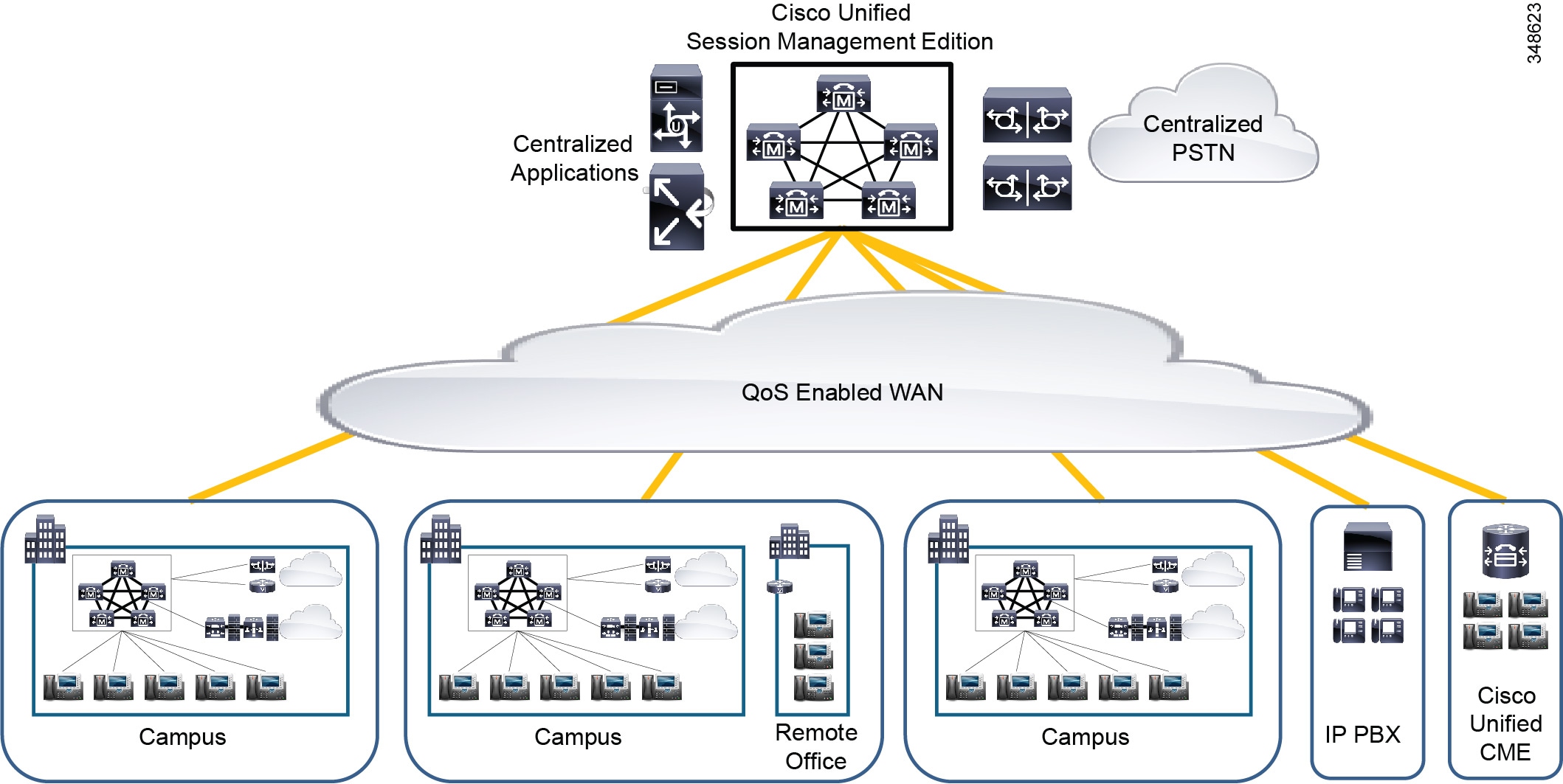

Refer to H.323 Gateway Dial-Peer Configuration for Cisco CallManager Server Redundancy for more information.Ĭaller ID-H.323 provides caller ID from Foreign Exchange Office (FXO) and T1 channel associated signaling (CAS) portsįractional PRI support-H.323 supports the use of Fractional PRI. H.323 gateway dial-peer configuration for Cisco CallManager server redundancy-Cisco IOS H.323 gateways can be configured for Cisco CallManager server redundancy so that if the primary Cisco CallManager server fails, the secondary Cisco CallManager server takes over and the IP phones re-home to the secondary server. Refer to Understanding H.323 Gatekeepers for more information.Ĭisco IOS H.323 gateway with Cisco CallManager-Refer to Cisco IOS H.323 Gateway Configuration for Use with Cisco CallManager for the configuration details of a Cisco IOS H.323 gateway with Cisco CallManager. But if a gatekeeper is present, endpoints must use the services provided. Gatekeepers are logically separated from H.323 endpoints such as terminals and gateways. Gatekeepers also provide other services such as bandwidth management, accounting, and dial plans that you can centralize in order to provide scalability. H.323 gatekeeper-A gatekeeper is an H.323 entity on the network that provides services such as address translation and network access control for H.323 terminals, gateways, and multipoint control units (MCUs). Some calls can go to Cisco CallManager and other calls can go directly to other H.323 gateways without involving Cisco CallManager. In the reverse direction, an H.323 gateway can decide where to send individual calls. Cisco CallManager does not even know that multiple ports exist on the gateway. Calls are sent to the gateway but Cisco CallManager cannot specify which port the call is sent to. H.323 call routing with Cisco CallManager-With H.323, Cisco CallManager only sees the router as one gateway. This list describes some of the features of H.323: However, compared to MGCP, H.323 requires more configuration on the gateway since the gateway must maintain the dial plan and route patterns. Similar to other protocols, H.323 applies to point-to-point or multipoint sessions. The basic components of the H.323 protocol are terminals, gateways, and gatekeepers (which provide call control to H.323 endpoints). H.323 covers point-to-point communications and multipoint conferences and addresses call control, multimedia management, bandwidth management, and interfaces between LANs and other networks. H.323 is an ITU umbrella recommendation for multimedia communications over IP-based networks that do not provide a guaranteed quality of service.

Refer to Cisco Technical Tips Conventions for more information on document conventions. If your network is live, make sure that you understand the potential impact of any command. All of the devices used in this document started with a cleared (default) configuration. The information in this document was created from the devices in a specific lab environment. The information in this document is based on the Cisco CallManager and Cisco IOS® gateways. There are no specific requirements for this document. This document discusses the advantages of H.323 and MGCP and what each one supports. Whether to use H.323 or MGCP is a customer-specific decision since they have very similar features. These protocols depend on many other supporting protocols in order to complete their operations. H.323 and MGCP are not stand-alone protocols. H.323 recommendations are supported by the International Telecommunication Union (ITU-T) and MGCP is supported by the Internet Engineering Task Force (IETF). H.323 and Media Gateway Control Protocol (MGCP) are two protocol suites that the industry uses to support VoIP.


 0 kommentar(er)
0 kommentar(er)
